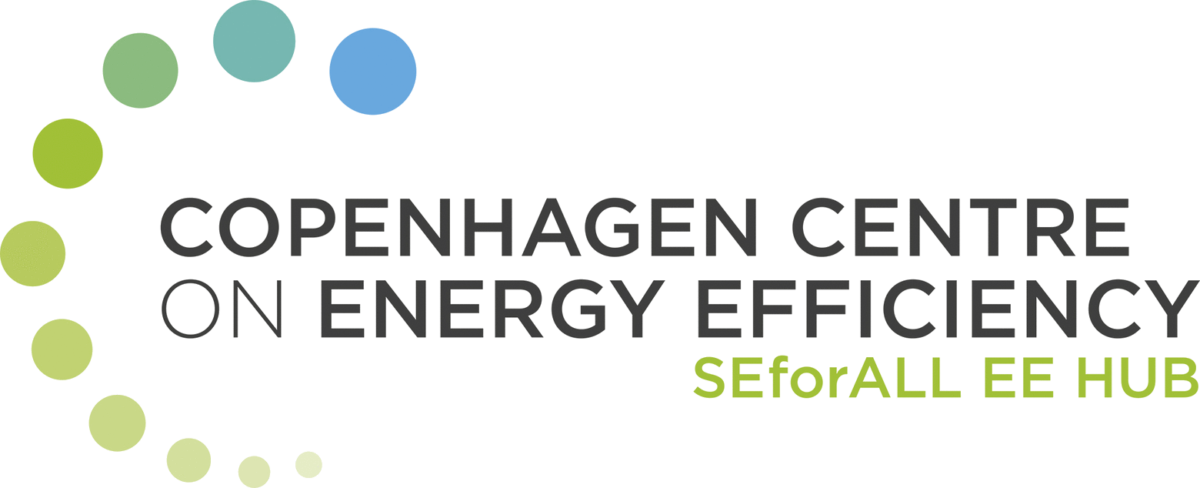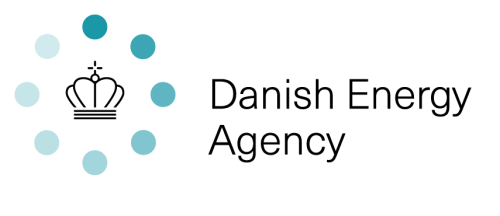The article discusses the design of heat sources for district heating networks, emphasising the use of waste heat sources, the integration of heat storages, and the importance of intelligent design to meet heat demand profiles. The goal is to maximise the use of waste heat, avoid losses, cover peak load demands with non-fossil solutions, maintain affordable heat prices, and ensure supply security.
Key Points
- Original Heat Source Design:
- Historically, district heating relied on waste heat from Combined Heat and Power (CHP) plants, waste incineration, and industrial processes.
- These sources often provided more heat than needed, leading to potential heat loss.
- Reserve capacity was necessary to ensure supply during maintenance or outages.
- Challenges with Original Design:
- Dependence on waste heat suppliers can be problematic if these suppliers need to halt production when heat demand is low (e.g., summer).
- This can affect the reliability of the baseload supply.
- Adjusted Heat Source Design:
- Expanding district heating networks and connecting more consumers can reduce heat loss.
- Incorporating heat storage systems allows for heat production to align with electricity prices, reducing the need for reserve and peak load capacity.
- Future Heat Source Design:
- Baseload capacity should be around 45-55% of peak load demand to minimise heat loss.
- Middle-load sources, such as heat pumps using ambient or low-grade waste heat, should complement baseload sources.
- These middle load technologies can also serve as reserve capacity, potentially eliminating the need for fossil peak load capacity.
- Designing New Networks:
- If a large waste heat source is available, start with this source and expand the network.
- If no waste heat source is available, begin with middle load technologies and transition to a high-grade waste heat source as the network grows.
- This approach ensures a reliable heat supply and allows for flexibility in production based on electricity and fuel prices.
Conclusion
The document highlights the importance of strategic design in district heating networks to optimise the use of waste heat, integrate renewable sources, and ensure a reliable and cost-effective heat supply. By adjusting the design of heat sources and incorporating heat storage, it is possible to meet future heat demands sustainably.
Link to resourceShare this
Sector: District energy
Country / Region: Denmark, Global
Tags: district heating, energy efficiency, heat pumps, heat source design, heat storage systems, renewable energy, waste heatIn 1 user collection: Sino-Danish Clean and Renewable Heating Cooperation Centre – Library
Knowledge Object: Web Resource
Publishing year: 2025
Author: John Tang Jensen



